News 4/25/13
Compensation for medical directors is increasingly tied to quality metrics according to an MGMA report on medical directorship and on-call compensation. Almost 40 percent of medical directors say the scope of their responsibilities and duties are also becoming more aligned with quality metrics. Physicians also report that median compensation for on-call coverage ranges from $75 and $2,000 per day, depending on specialty.
Kareo offers insights from a small practice point of view on the six hottest topics from HIMSS 2013.
TSI Healthcare recognizes Tidewater Physicians Multispecialty Group (VA) with its Circle of Excellence Award for using NextGen EHR to provide a better patient care.
Attorney Paul R. DeMuro offers thoughtful insight into private practices that are successfully maintaining their independence. The practices that are thriving are those that are transforming themselves to newer payment models based on quality and cost-effective care, are making effective use of informatics, and are aligning themselves with hospitals and health plans as part of collaborative care teams.
Greenway Medical will add RemitDATA’s comparative analytics solution into its PrimeDATACLOUD Remittance Intelligence service, giving practices reimbursement and productivity insights and performance benchmarking.
Physicians engaging in Web-based messaging systems are advised to establish standards for response times so that patient satisfaction will not be negatively impacted and healthcare decision-making will not be compromised. Practices that are using secure messaging recommend establishing clear expectations with patients on the type of messages to send and on practice response times.
Providers using the Surescripts Clinical Interoperability network and participating in the Michigan Health Information Network Shared Services will soon be able to use the HIN platform to send electronic health information to the State of Michigan’s public health reporting system.
athenahealth launches athenahealth Marketplace, a site that includes consolidated information on technology and clinical exchange partners that offer products integrated within athenahealth’s network.
Speaking of athenahealth, the Boston Business Journal provides details of the company’s emergency response system, which went into effect during last Friday’s manhunt for the alleged Boston Marathon bombers. A 15-person crisis management team was convened by conference call shortly after 4:30 a.m. By 5:30 a.m. employees were told via automated e-mails and phone calls that they should remain at home. Only a few glitches occurred, including a few inadvertent phone calls to former employees. Two early-rising employees did not get the message in time and were forced to remain in the office most of the day.
CMS and ONC post a joint fact sheet that breaks down the progress made since the passage of the HITECH Act. Some highlights:
- More than 388,000 EPs have registered for the EHR incentive programs, representing 73 percent of all providers eligible to participate. Over 230,000 (44 percent) had received incentive checks as of March 2013.
- RECs are providing EHR adoption assistance to more than 130,000 (44 percent) of primary care providers and 20,000 (48 percent) of NPs.
- E-prescribing adoption rates for office-based physicians have grown from less than one percent at the end of 2007 to 53 percent as of the end of January 2013.
- Physician adoption of EHR systems with advanced functionalities beyond Stage 1 requirements has grown from 17 percent in 2008 to 40 percent in 2012.

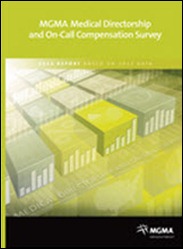
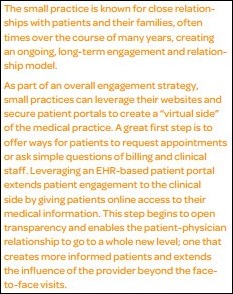
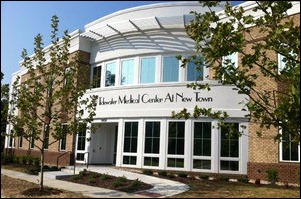

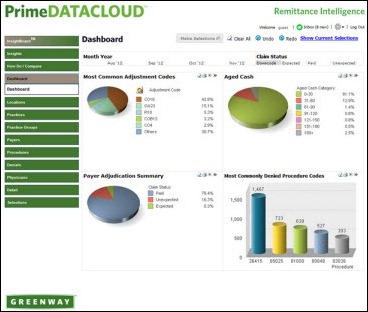
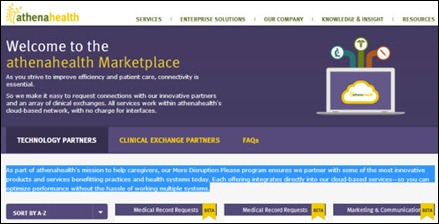




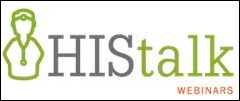


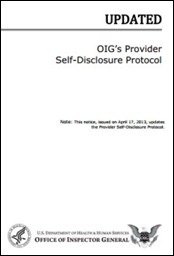
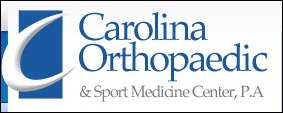
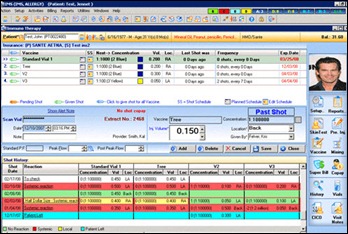
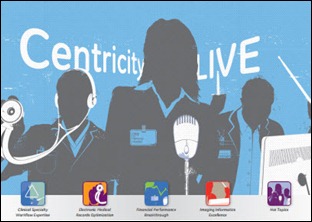

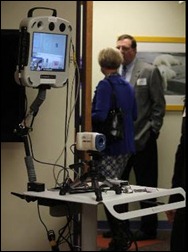

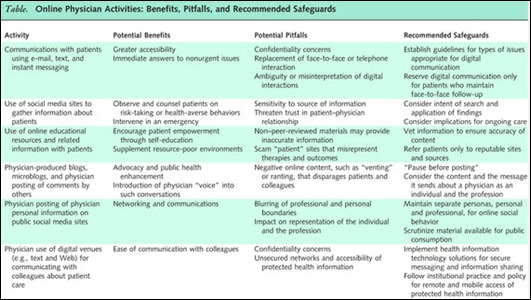
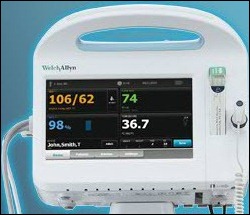

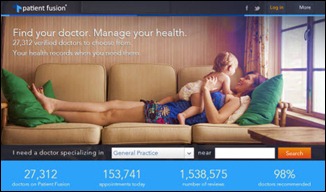
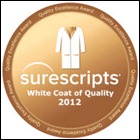

The article about Pediatric Associates in CA has a nugget with a potentially outsized impact: the implication that VFC vaccines…